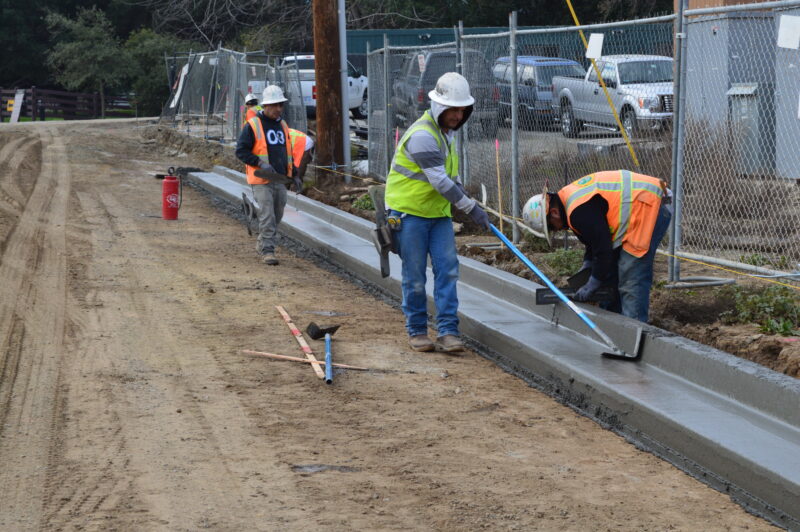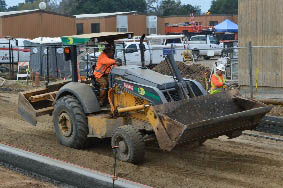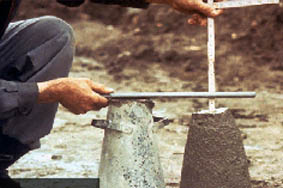The CDE Commitment
“There’s a difference between interest and commitment. When you’re interested in doing something, you do it only when it’s convenient. When you’re committed to something, you accept no excuses – only results.”
― Kenneth H. Blanchard
CDE Curb Machines
At CurbDog Equipment, we feel that we offer the best slipforming products available today, delivering the best curbing solution/experience in its class. Yet, at the end of the day, lack of knowledge and familiarity with various aspects of concrete and site preparation can diminish that experience and truly frustrate you as the owner of a new CDE machine. We know that our curb machines will do what they are supposed to do…will you and your crew be able to do the same? Our machines are exceedingly capable but are not themselves a “magic bullet”. Experienced finishers, a dedicated operator and a complete understanding of concrete and site variables complete the equation to success. Making the commitment to your new CDE Curb Machine as well as your slipforming crew will truly put you miles ahead of your competition for years to come!
CurbDog Equipment has tried to define a simple 6-point path to success for our new customers. These considerations include:
1.Grade/Excavation
2.Concrete Mix
3.Concrete Slump
4.Stringline
5.Operator
6.Concrete Finishers
Lack of understanding and/or attention to any of the above six points will lead to undesirable results costing you time, frustration and money. Understanding the ramifications of the above six points on your finished curb product will prove invaluable as you continue to move forward as an expert slipform paving contractor
Construction Project
Making the Grade
As is the case in any other construction project, everything begins with a good base. Roadway and parking lot curbs are no exception. Proper excavation plays a crucial role in facilitating your Phoenix Curb Machines ability to do its job properly.
Here are a few things to keep in mind while reviewing a project prior to start:
Ingress/Egress
Will there be any issues getting your cement trucks in and out of the site?
Obstacles
pay attention to such things as man-hole covers, H2O vaults, electrical vaults, sidewalk cuts etc. These are not necessarily obvious and will definitely require a little finesse to get around or over.
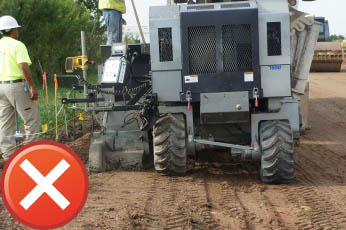
Compaction
Is the base highly compacted? What is the material? If the cement truck is leaving ruts in its wake, the curb machine will likely bounce all over the place. Be sure the excavator has left a good, clean even surface for both the curb and the curb machine.
Moisture Level of the Soil
Dry sub-grade or topping will draw the moisture right out of the concrete as it is poured. Too much moisture will cause the curb to become unstable and sag or move in place, regardless of slump.
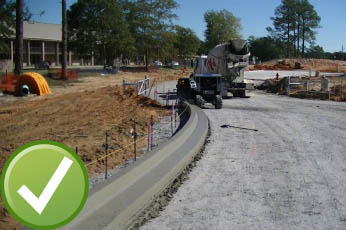
Elevation
Grade should be within +/- 1/10th. The more accurate the grade, the less money you will spend on concrete. Although our machines are highly versatile, the best operating range will be as stated above. A good excavator will not have any problem hitting this grade range and most engineering specs require it at the very least.
Mixing it up
This schedule should be considered as a good starting point for a slipform concrete mix. Most contemporary batch plants are computer controlled and have a slipform mix already programmed. That does not necessarily mean that it is right for you. Whenever possible, a meeting with the batch plant operator should prove to be extremely advantageous in nailing down your mix prior to the start of the job. Nobody will know their mix as well as the batch plant. But at the end of the day, it is up to the slipform curbing operator to decide whether or not the delivered batch passes mustard or needs to be returned.
CURB ONLY
Cement: 6 sack
Rock (by volume): 40% 3/8” aggregate
Sand (by Volume): 60%
Air Entrainment: 06% (on site)
3/4” Slump: 18”-24” Tall
1” Slump: 12” TO 18” Tall
1.5” Slump: 5” TO 12” Tall
CURB AND GUTTER
Cement: 5.5 – 6 sack
Rock (by volume): 45% 3/8” aggregate
Sand (by Volume): 55%
Air Entrainment: 06% (on site)
1.5” – 2” Slump
V Gutter (7” Tall)
Slump can run between 2.5” and 3”
Definition
Understanding Slump
Slump is a measurement of the workability or consistency of concrete. In other words, it measures how easy the concrete is to push, mold and smooth out. Accordingly, its slump rating indicates what construction application the concrete is good for. The higher the slump, the more workable the concrete. If the slump of concrete is too low, it won’t shape very easily. If it is too high, you run the risk of having the gravel, sand and cement settle out of the mixture, making it unusable.
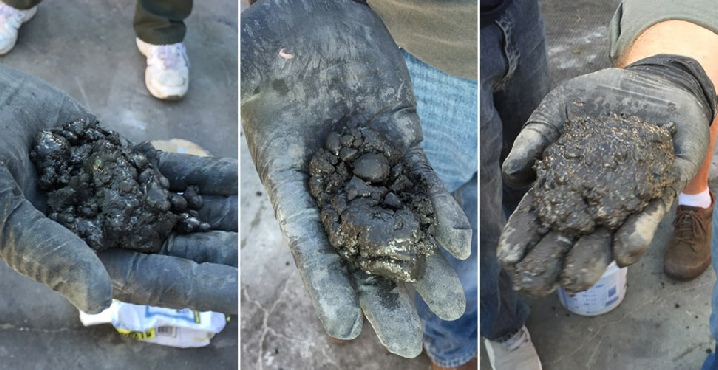
Walking the Line
String Line Basics
Accuracy in setting stringline is one of the most important elements of a slipform paving operation. The slipformer places concrete by electronically referencing the sensor stringline for alignment and grade.
The basic steps for setting stringline are the same for all electronically controlled slipform pavers. Though setting stringline is easy, it does require patience and attention to detail. Skipping a step or performing it incorrectly can result in finished concrete at the wrong elevation or alignment.
Dennis Clausen of Gomaco Corp. has written a very good tutorial covering nearly all things stringline that your team should know.
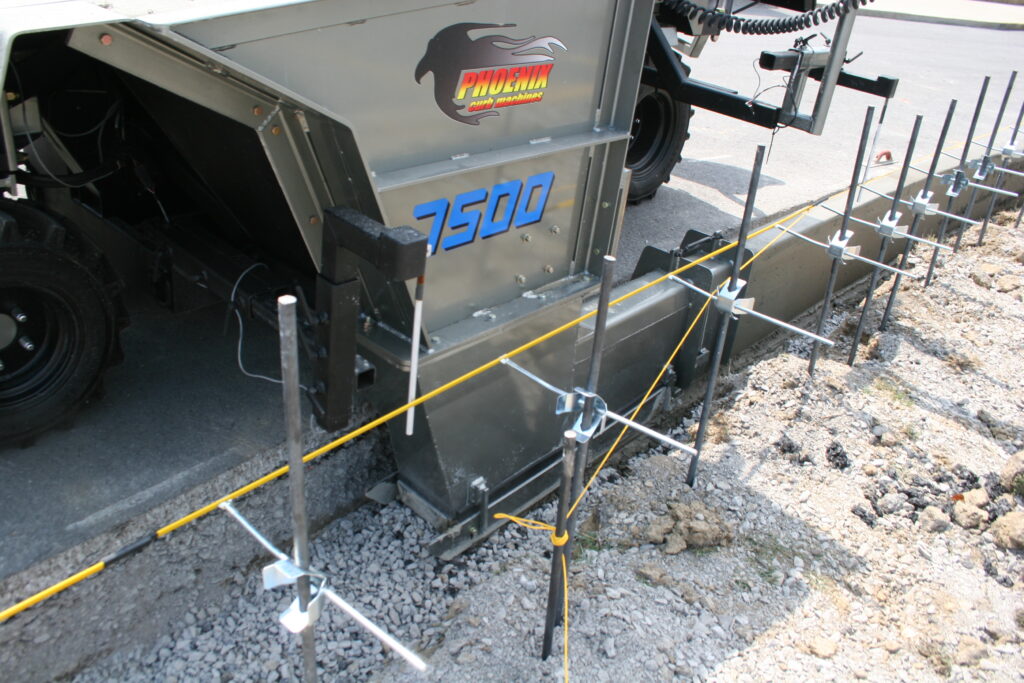
Knowledge
The operator
As is the case with any piece of heavy equipment, the quality of your finished product will be tied directly to the knowledge and experience of your operator. Understanding the capabilities as well as the limitations of your CDE Curb Machine will allow you to to push your machine to it’s limits while maximizing your productivity.
Your operator should be thought of as the quarterback, directing the finishing crew as well as the mixer driver and hopper tender. His intimate knowledge of site conditions, concrete mix, slump and add-mix will allow him to keep pace with the concrete trucks while maximizing the finishers output.
Although learning the basic skills needed to operate a CDE Curb Machine is very straight forward, running a successful curbing operation will absolutely require these other skill-sets as well.
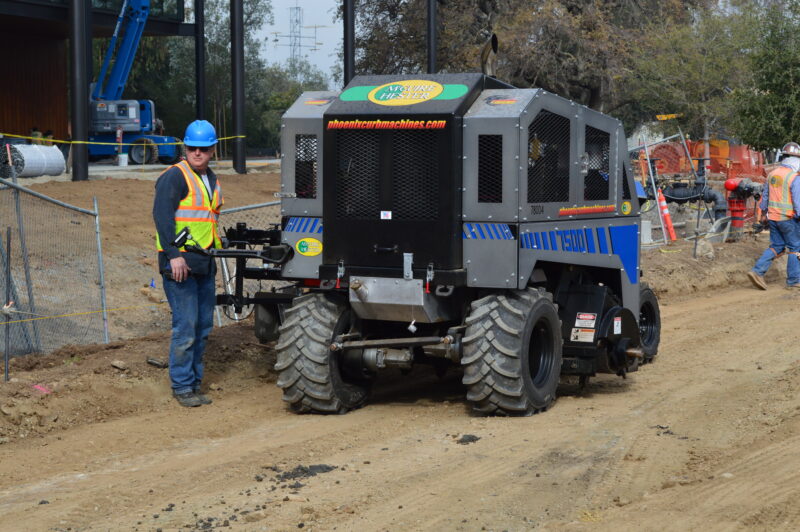
Ability
The finishers
When you are under the gun and the concrete isn’t coming the way you ordered it, your finishers can make you or break you. Good finishers are capable of turning worst-case concrete into project acceptable curb and gutter. Likewise, untrained finishers can take nearly perfect curb/gutter right out of the mold and ruin it.
The finishing crew should work hand-in-hand with the operator to strike a perfect balance between the mix, running speed and finished curb/gutter. This is truly a TEAM event!
